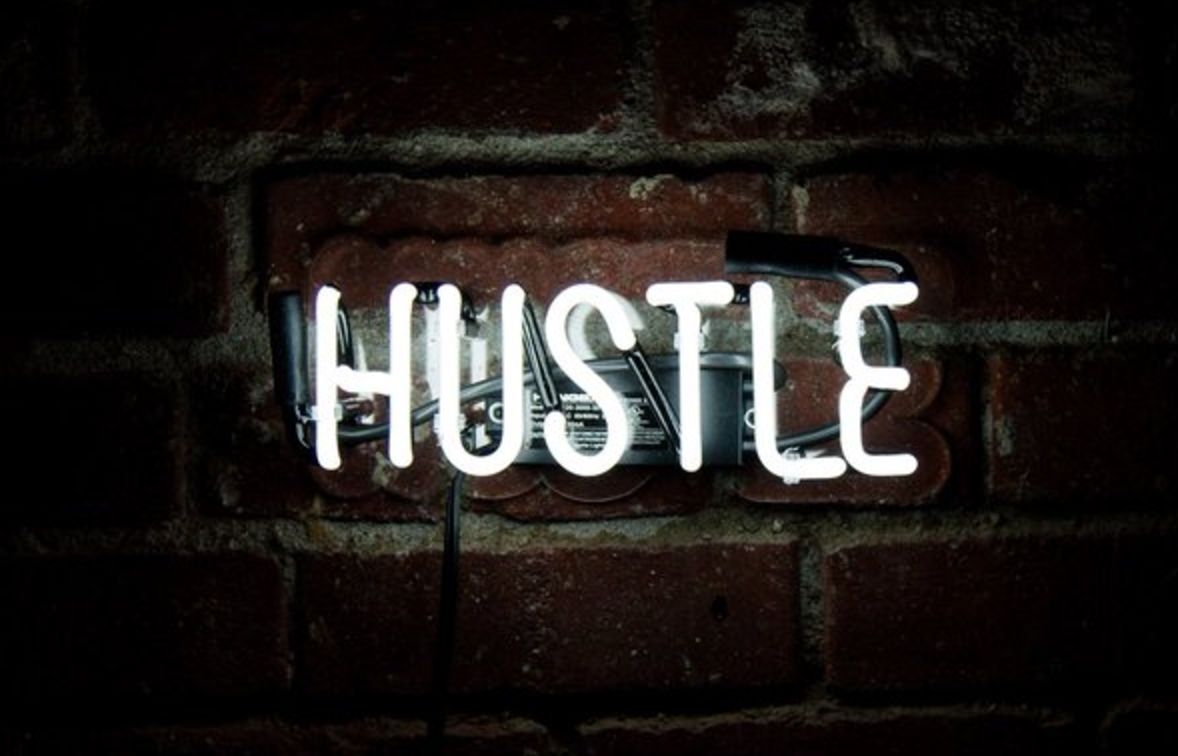
I came across this article recently discussing the Startup Hustle Bubble which is occurring in many entrepreneurial circles. The title said that working 9-5 is for losers. I tend to agree, but in the opposite direction than many of the Silicon Valley disciples espouse. They promote the 18 hour work day, I reckon that’s a better number for the week, only kidding, but not by much. To save you reading it, the proposition of the so called Hustlers goes like this:
- Workaholism is a desirable life choice
- To succeed you must give up everything (depends how you define success)
- Out grind, outwork and out hustle everyone
- A cottage industry of Hustle conferences are emerging
- There’s even a Hustle Jesus – otherwise known as Gary V, that hustlers genuinely worship
- Then there was some wonderful counter claims by the journalist.
Here’s a few things worth considering:
Firstly, there is no doubt work is required to get results in anything, but there is no evidence that working a crazy hours makes people any richer – if that’s the goal. I’d add to this that most of the people I know with incredible financial wealth, didn’t hustle all day and night, they used their brains, took calculated risks, saved, invested and compounded small advantages over time. But you know what they did more than anything else? They got others to work the hours for them and arbitraged their wages. It’s how capital works. Capital wins, capital always wins simply because each individual will only ever have 24 hours to give.
It’s also worth remembering that only thing we can never earn back in life is time. No amount of money will buy it back, your kids (if you have any) will only be young once and they’d rather have your time, than toys. We all know that money doesn’t lead to more happiness over a certain threshold. But mostly we should always be driven by our own personal objectives, when it comes to what we sacrifice. It’s vital we don’t get caught up in ‘fashion’ or the goals of others who a vested interest in the amount of hours we put in anything.
If you want more life hacks – then you’ll totally dig my new book The Lessons School Forgot. By the way, I went surfing on Tuesday, had a two hour nap today and I still got all my work done!



